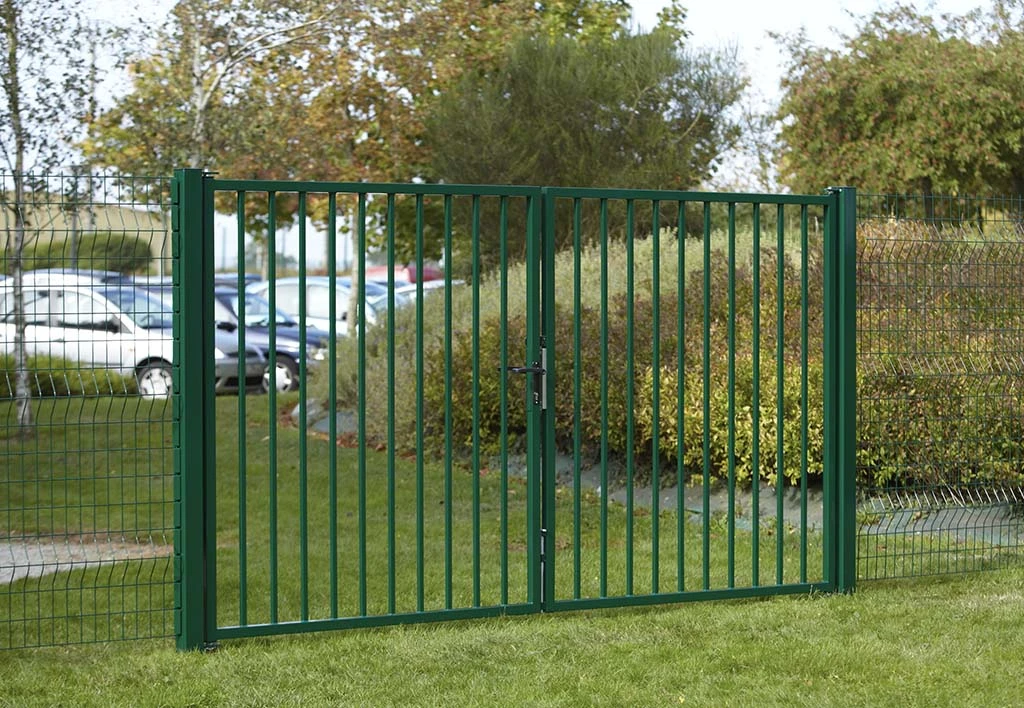Electric Fence for Garden A Comprehensive Guide
In the realm of modern gardening, the integration of technology enhances not only the beauty of our green spaces but also the security and sustainability of our gardens. One innovation that has gained traction among gardening enthusiasts is the use of electric fences. Traditionally associated with agricultural use, electric fences are now a popular choice for garden enthusiasts looking to protect their plants from unwanted visitors. In this article, we will delve into the features, benefits, installation, and maintenance of electric fences specifically designed for gardens.
What is an Electric Fence?
An electric fence is an enclosure system that delivers a non-lethal electric shock to deter animals and intruders. It typically consists of a series of electrically charged wires or tape that surrounds the desired area. When an animal or human makes contact with the wire, they receive a mild shock, which serves as a deterrent. Electric fences can vary in voltage, design, and configuration, making them adaptable for various types of gardens and security needs.
Why Use an Electric Fence in Your Garden?
1. Protection Against Pests Gardens are often targets for a variety of pests, including deer, rabbits, raccoons, and even some domestic animals like dogs and cats. An electric fence serves as an effective barrier that keeps these pests at bay, ensuring that your plants remain intact and healthy.
2. Cost-Effective Compared to other fencing solutions, electric fences can be more affordable in the long run. They require less material than traditional wooden or chain-link fences and involve lower maintenance costs.
3. Aesthetic Appeal Unlike bulky wooden fences or unsightly chain-link varieties, electric fences can be designed to blend seamlessly into your garden's landscape. Options like low-profile wire or decorative fencing can maintain your garden's aesthetic while providing necessary security.
4. Versatile Applications Electric fences can be used for various types of gardens, whether you have a vegetable patch, flower beds, or an ornamental garden. They can also be configured in a way that accommodates swimming pools, children's play areas, or even as a partition for different sections of your garden.
Installation of Electric Fences
The installation of an electric fence for your garden involves several steps
1. Planning and Design Before installation, it is crucial to assess your garden’s layout and identify vulnerable areas that need protection. Decide on the type of fencing material you want to use (wire, tape, etc.) and the height and configuration of the fence.
electric fence for garden

2. Gathering Materials You will need fence posts, insulated wire or tape, a fence energizer (the power source), grounding rods, and other accessories like insulators and warning signs. The type of materials will depend on the size of your garden and the specific animals you’re trying to deter.
3. Installation Begin by marking the perimeter of your garden where the fence will be installed. Set up fence posts at intervals recommended by the manufacturer, ensuring they are sturdy and well-anchored. Attach the thermoplastic insulators to the posts and run the electrified wire or tape through them. Finally, connect the wire to the fence energizer, which should be located in a sheltered area to protect it from the elements.
4. Grounding Proper grounding is essential for the electric fence to work effectively. Install grounding rods at the recommended depth and connect them to the energizer according to the manufacturer’s instructions.
5. Testing the System After installation, it is important to test the system to ensure it is functioning properly. You can do this using a voltage tester, which will help you determine if the electricity is flowing correctly.
Maintenance of Electric Fences
Maintaining your electric fence is crucial for its longevity and effectiveness
1. Regular Inspections Periodically check the fence for damage or wear and tear. Look for any vegetation that may be obstructing the fence or making contact with the wire, as this can ground the system and reduce its effectiveness.
2. Adjustments Depending on seasonal changes, you may need to adjust the height of the fence or add additional strands to increase its effectiveness.
3. Battery Maintenance If you are using a battery-operated energizer, make sure to check and replace the batteries as necessary to ensure the fence remains powered.
Conclusion
Electric fences are a modern, effective, and flexible solution for keeping your garden safe from unwanted pests and intruders. With thoughtful planning and proper maintenance, an electric fence can safeguard your garden, allowing you to enjoy your outdoor space without worry. As more gardeners embrace this technology, the landscape of gardening security continues to evolve, blending utility with aesthetic grace. Invest in an electric fence for your garden and witness the transformation it brings to your flourishing green sanctuary.
















